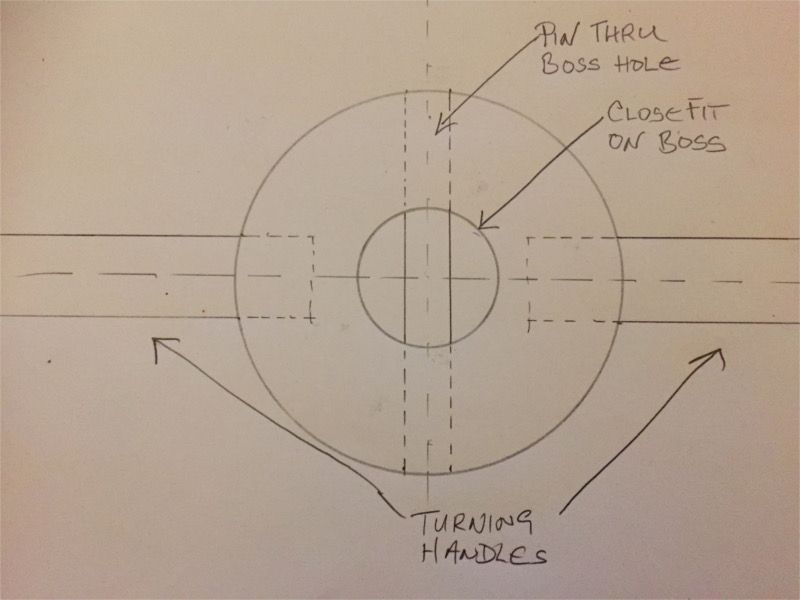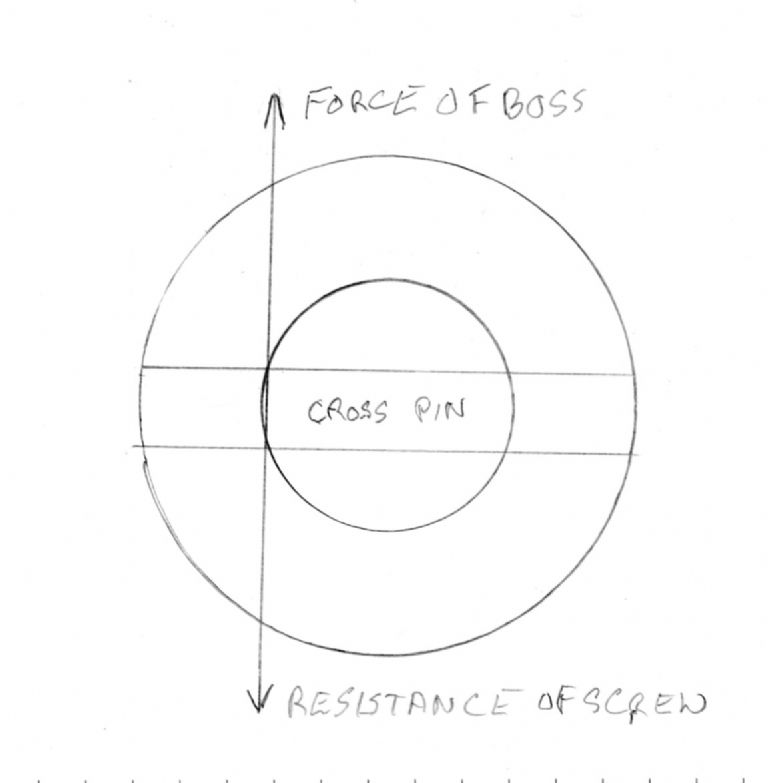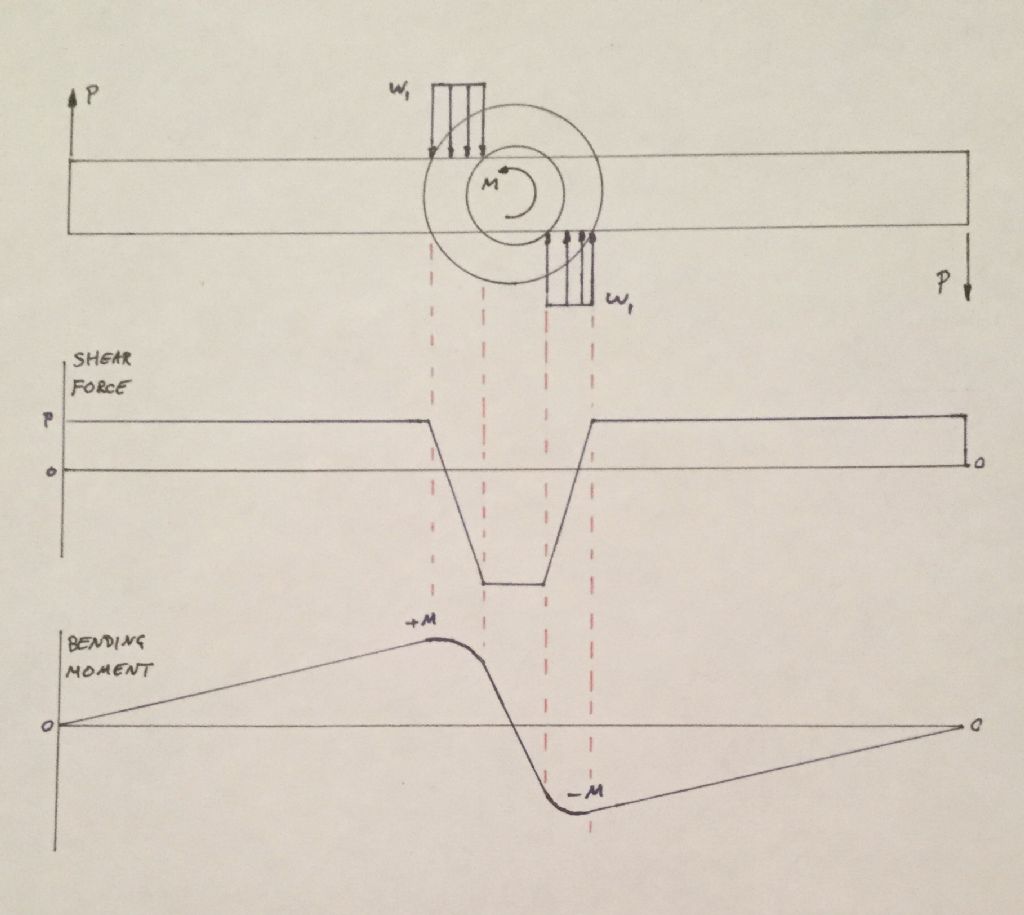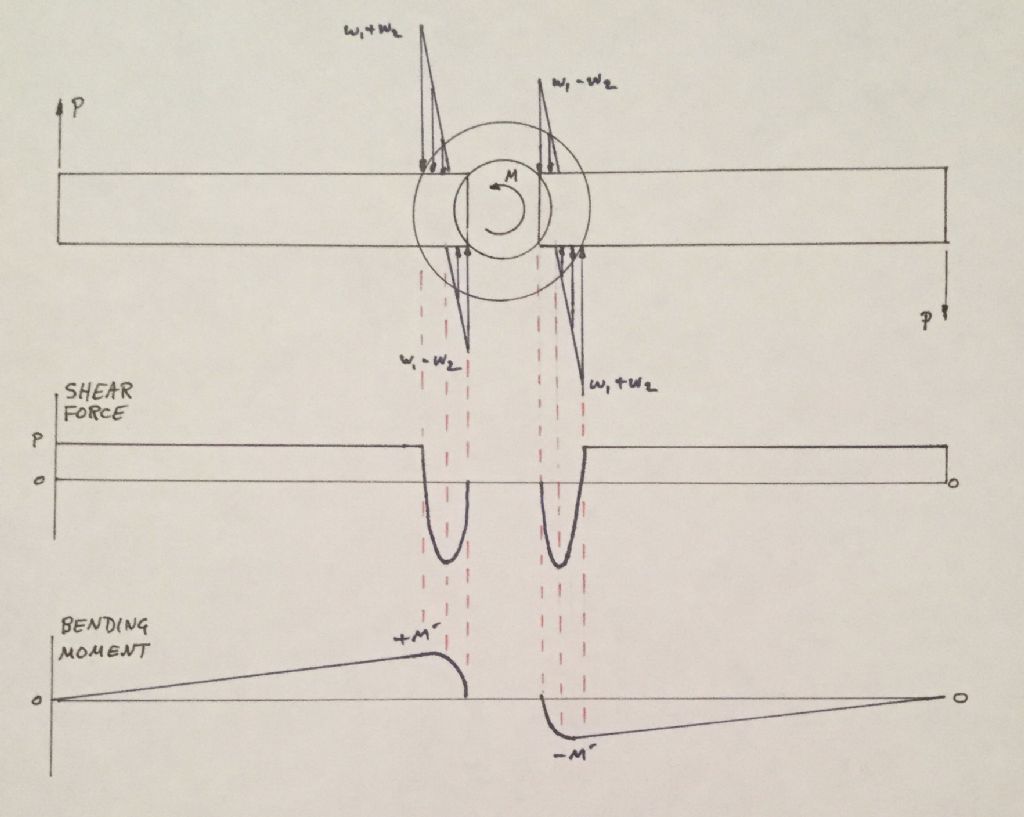Rather than trying to trying to frame my question in abstract terms, I'll give you the case in point.
I've got involved with making stuff for a charity. On of the projects involves modifying a fruit press:

The latest requirement is to lengthen the arms to get more torque and hence more pressure on the 'fruitcake' to squeeze the maximum amount of juice out.
OK, slip some pipe over the handles. Eventually though the 'arms' will bend, assuming nothing else gives way first.
So to arrive at my question. If I made something like this:

would it be stronger than the simple 'bar through a hole in the boss on the screw'? I have a gut feeling that it would be because if the parts fit closely, the pin experiences shear rather than bending force. Gut one in my ruminations tells me that it's harder to shear steel than to bend it, but gut two says I'm getting something for nothing* so than can't be right and I'm not thinking about this in the right way.
Apologies for my roundabout approach to the question – if I had to vocabulary to express it more succinctly I'd probably know the answer.
Robin.
* First law of Thermodynamics – you can't win, you can only break even.
Second Law – you can only break even at absolute zero.
Third Law – you can't get to absolute zero.
 Gary Wooding.
Gary Wooding.








